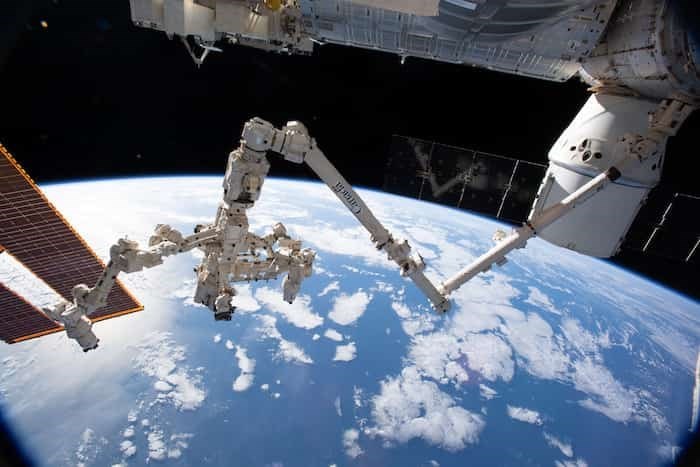Want to view the International Space Station up close and personal?
According to , it's somewhat of a commitment. It requires that you are in top physical condition and have at least a bachelor's degree in engineering, biological science, physical science, computer science or mathematics, as well as three years of professional experience before you are even considered for the selection process.
With this in mind, only a diehard astronaut hopeful will commit to this lengthy and demanding journey. However, you can still view this marvel of human ingenuity from a distance with both feet firmly planted in Â鶹´«Ã½Ó³»soil (or grass, or pavement - you get the picture). In fact, the International Space Station is viewable from the Lower Mainland on numerous occasions - but you'll have to know exactly where and when to look for it.
Luckily, tonight is one of those nights, weather permitting.
While the sun is shining in Â鶹´«Ã½Ó³»today (March 30), Environment Canada's evening forecast calls for "partly cloudy" skies.
Stargazers can set their alarms for around 8:50 p.m.; the station will be viewable at 9:01 p.m.
🇺🇸 Seattle
— Ignazio Magnani (@IgnazioMagnani)
🇨🇦 Vancouver
The International Space Station will be visible today to the naked eye (if clouds allow) everywhere at 9:01 pm
📲 set your alarm
📲 share best photo
👩🚀 64
🌎 Tracking
📷 NASA
So, what exactly does the station look like?
According to NASA, the station is visible to the naked eye and looks like a "fast-moving plane only much higher and travelling thousands of miles an hour faster."
With that said, it is the third brightest object in the sky, which makes spotting it less difficult. Like the moon, the space station is visible because it reflects the light of the Sun. And, naturally, viewing opportunities are best on clear nights.
The football field-sized space station serves as a testbed for technologies and supports NASA’s mission to push human presence farther into space. Learn more about .


